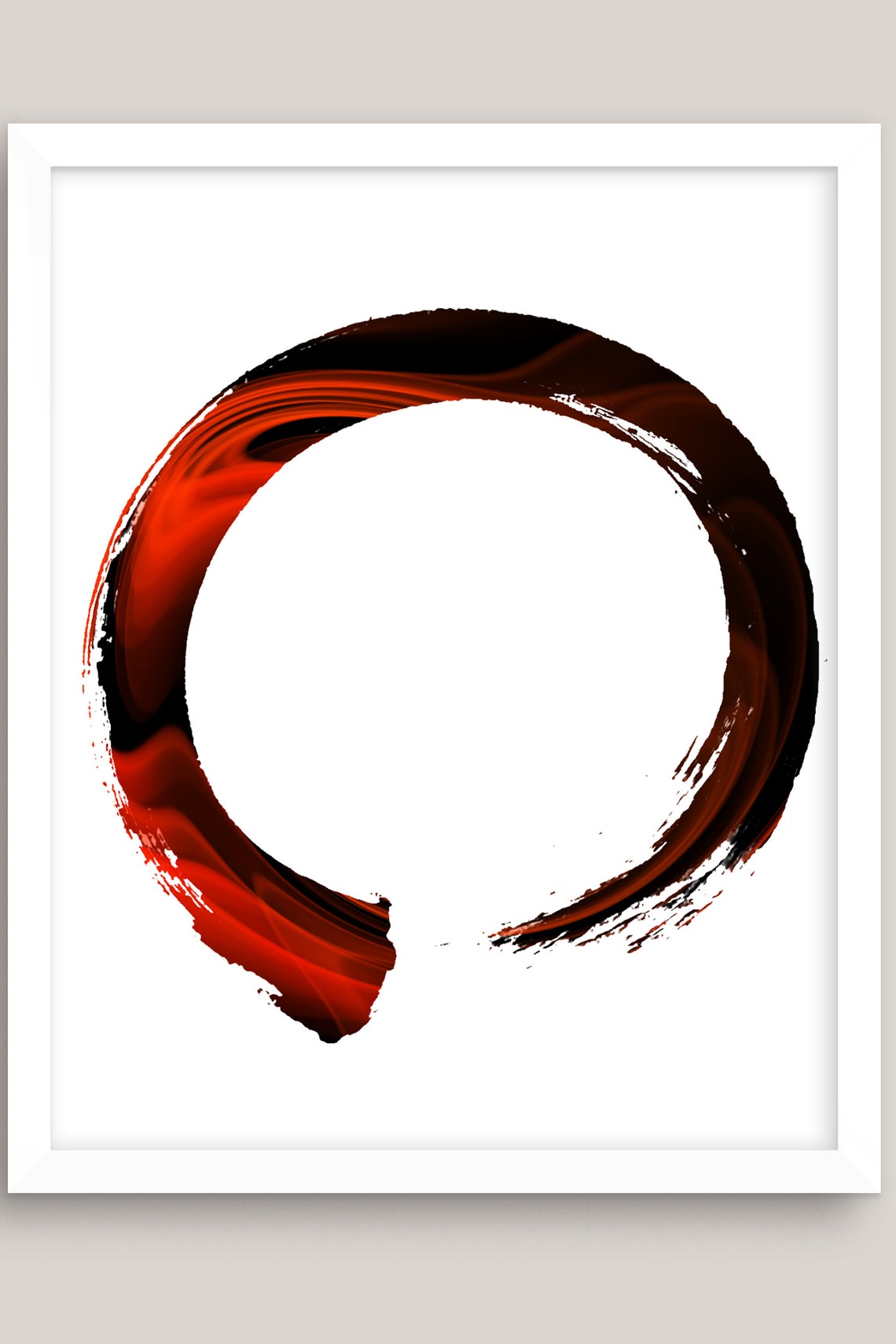

Hawai’i has two primary seasons-a summer dry season from May through October and a slightly cooler winter wet season from November through April. Landsat data provided by the United States Geological Survey’s Global Visualization Viewer. The sharp contrast in vegetation is called the rain shadow effect.

Clouds hover over the lush, dark green forests on the rainier eastern slopes, while drier western slopes appear mostly earthy-brown. It’s usually simultaneously sunny and rainy somewhere on the islands, which is why it’s a land of abundant rainbows.Īncient eruptions from the extinct 5,480-foot Kohala and the 13,796-foot dormant Mauna Kea Volcanoes shaped the mountainous northwest portion of Hawaii's Big Island, seen in this Landsat 7 satellite image from January 2001. The driest regions of the state are found in the highest elevations above the “trade wind inversion,” a layer of the subtropical atmosphere a little over a mile above sea level, above which temperature rises and moisture diminishes sharply (1). Meanwhile, the leeward island regions lie in the “rain shadow” of these trade wind-induced showers, resulting in much less annual rainfall.

The trade winds carry moisture that is lifted along the mountain slopes, which then condenses into clouds that cause frequent rainfall on the windward slopes. These rainfall variations are largely shaped by the northeast-to-southwest trade winds interacting with the islands’ varying topography. NOAA image created with rainfall data from the Rainfall Atlas of Hawai’i as described in Giambelluca et al. This really fits well with my philosophy to offer high quality Asian artwork that everyone can afford.Average annual rainfall in Hawai’i, which shows the remarkable contrasts between the wet, windward regions primarily in the eastern parts of the islands and the much drier leeward and high-elevation regions. The best part is that I have guanxi (a word that kind of means "special relationship" in Chinese), he gives me better prices than anyone else. It finally dawned on me that this man I had known for about 7 years was a premier calligrapher for whom books had been published featuring his work, and the recipient of numerous awards. I might pop by his studio, only to hear from his wife that he was down in Anhui receiving an award for his calligraphy (calligraphy competitions are comparable to the fervor that sports championships have in the rest of the world). Through the years, I would occasionally buy a few more pieces, not realizing how famous he had become. After a lot of tea drinking and chatting, I asked if I could commission a few pieces. The next evening, I visited his modest studio and saw some really nice calligraphy and great black ink bamboo paintings that he'd just finished. She asked if I'd like to meet her husband who was a pretty good calligrapher as she described him with modesty. One day she was tidying up my mother-in-law's home in Beijing and overheard that I am in the business of selling Chinese calligraphy and artwork.

At that time, his wife was running a small house cleaning business. I met Cao Bin years ago, and long before his fame. Because this was made by hand at the calligrapher's studio and my workshop in Beijing, and my very low-profit margin, this costs you just a fraction of the Japanese price. If you bought this wall scroll in Japan, it would cost around $200. See our Enso Symbol Custom Japanese Wall Scrolls page for more custom options. Therefore, you should let it have the meaning that you perceive. I think the Enso symbol can simply mean different things to different people. If you actually took the meanings of the two Kanji that make up the word "Enso", you could read it as "Mutual Circle" or "Circle of Togetherness". Some call this "The Circle of Enlightenment". In this case, it can be considered a religious symbol, as it is strongly associated with Japanese Zen Buddhism. It falls more into the category of a symbol. This is Enso, which is really NOT a regular Japanese Kanji character. Close up view of the artwork mounted to this silk brocade wall scroll


 0 kommentar(er)
0 kommentar(er)
